
Resource Mobilization Implementation Kit
The Resource Mobilization Implementation Kit (I-Kit) will take you through each step of the resource mobilization process, from the fundamental elements of a strategic plan, as the source of new business opportunities, to the detailed phases of drafting a proposal for a donor, writing a business plan and preparing some smaller business development documents, such as a business opportunity brief.

Gender and Social and Behavior Change Communication Implementation Kit
The Gender and Social and Behavior Change Communication Implementation Kit (I-Kit) provides a step-by-step approach to integrate gender into an existing SBCC strategy or marketing plan.
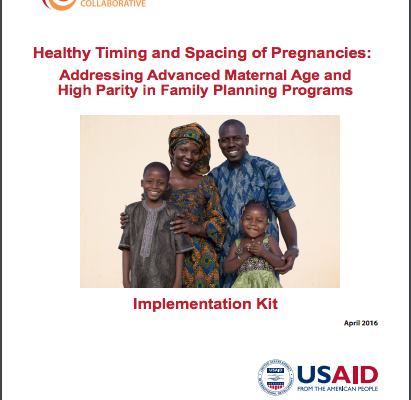
Healthy Timing and Spacing of Pregnancies Implementation Kit
The HTSP I-Kit is designed to help program managers address the risks of pregnancies among women aged 35 and older (of advanced maternal age, or AMA) and women having five or more births (high-parity, or HP) in their family planning or maternal and child health programs.

Urban Adolescent Social and Behavior Change Communication Implementation Kit
The Urban Adolescent Social and Behavior Change Communication Implementation Kit (I-Kit) provides a selection of Essential Elements and tools to guide the creation, or strengthening, of sexual and reproductive health (SRH) social and behavior change communication (SBCC) programs for urban adolescents aged 10 to 19.
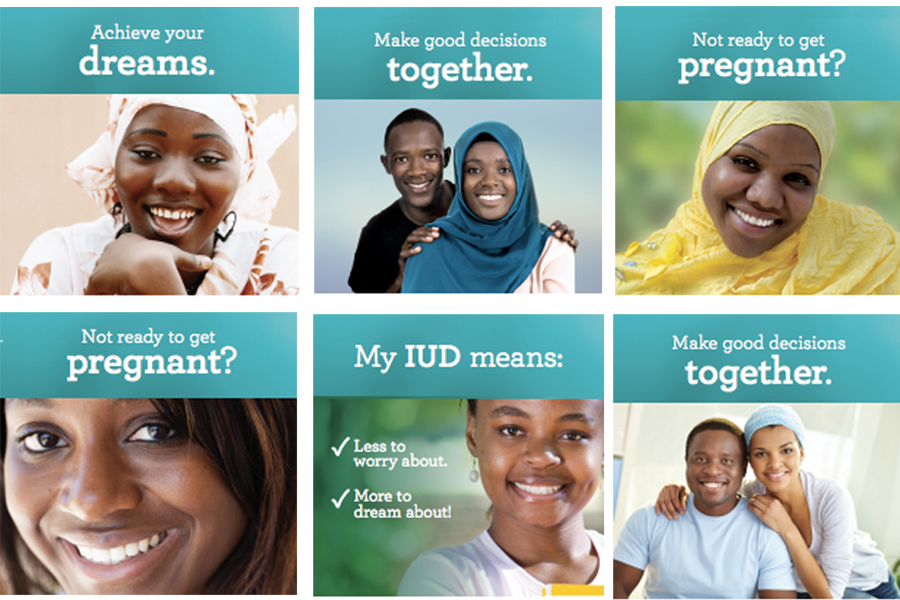
Swazi Men4Health: Communicating About HIV Risk Reduction Strategies with Men
This guide was developed to supplement Swaziland's extended National Multisectoral Strategic Framework for HIV and AIDS (eNSF) and address its inadequate targeting of interventions and services and lack of intensity for reaching those most vulnerable—in this case, men aged 25 to 39.

Swazi Women4Health: Communicating About HIV Risk Reduction Strategies with Women Aged 25 to 39
This guide was developed to supplement Swaziland's extended National Multisectoral Strategic Framework for HIV and AIDS (eNSF) and address its inadequate targeting of interventions and services and a lack of intensity for reaching those most vulnerable—in this case, women aged 25 to 39.

Swazi Girls4Health: Communicating About HIV Risk Reduction Strategies with Adolescent Girls and Young Women
This guide was developed to supplement Swaziland's extended National Multisectoral Strategic Framework for HIV and AIDS (eNSF) and address its inadequate targeting of interventions and services and a lack of intensity for reaching those most vulnerable—in this case, adolescent girls and young women.
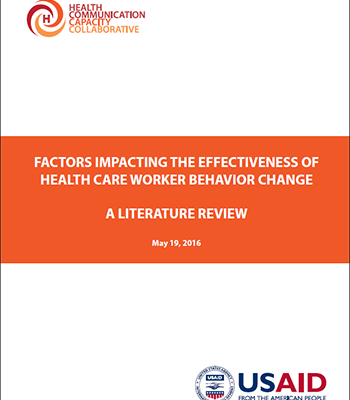
Factors Impacting the Effectiveness of Health Care Worker Behavior Change: A Literature Review
To maximize the impact of SBCC activities among HCWs, program designers and implementers must first develop an awareness of the barriers and facilitators that effect HCWs in providing these services.
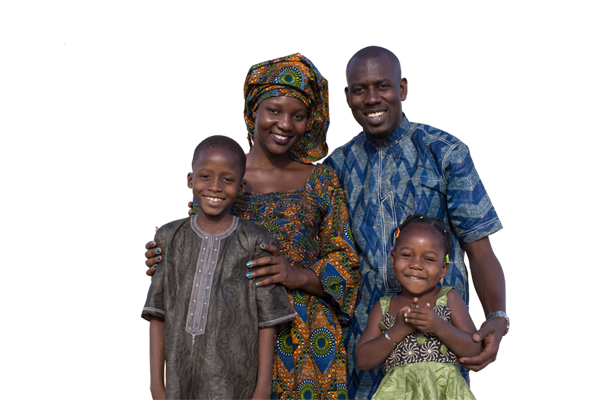
Webinar on Healthy Timing and Spacing of Pregnancy's Forgotten Audiences: Addressing Advanced Maternal Age and High Parity Pregnancies
This May 25, 2016 webinar highlighted the importance of addressing and preventing the risks of pregnancies among women of advanced maternal age (AMA) and high parity (HP).
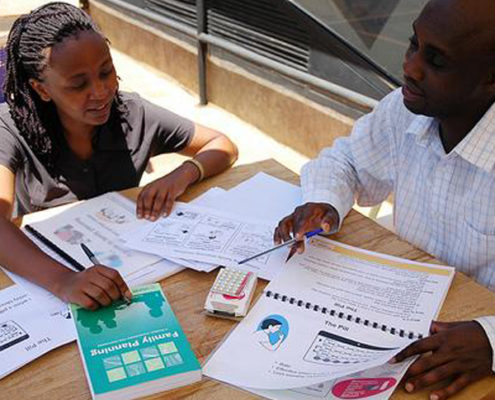
When the Evidence Is Not Enough: Hormonal Contraception and HIV Webinar
This May 17, 2016 webinar, moderated by Nithya Mani, Office of HIV/AIDS, USAID, introduced a new communication framework around hormonal contraception, provided discussion around the adaptation process in Malawi and Swaziland, and included the perspective of women living with HIV related to this issue.

Webinar on LARC Methods: Increasing Contraceptive Options for Youth
This webinar, held on April 26, 2016, discussed important milestones…
